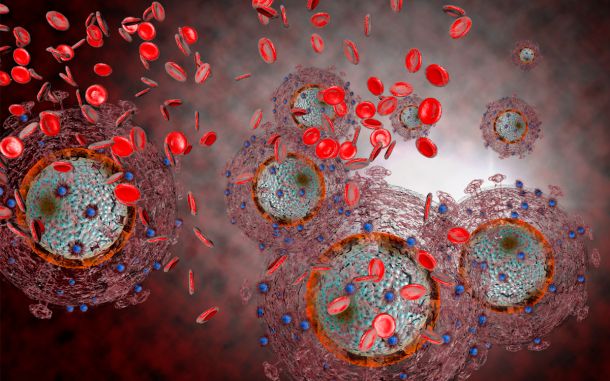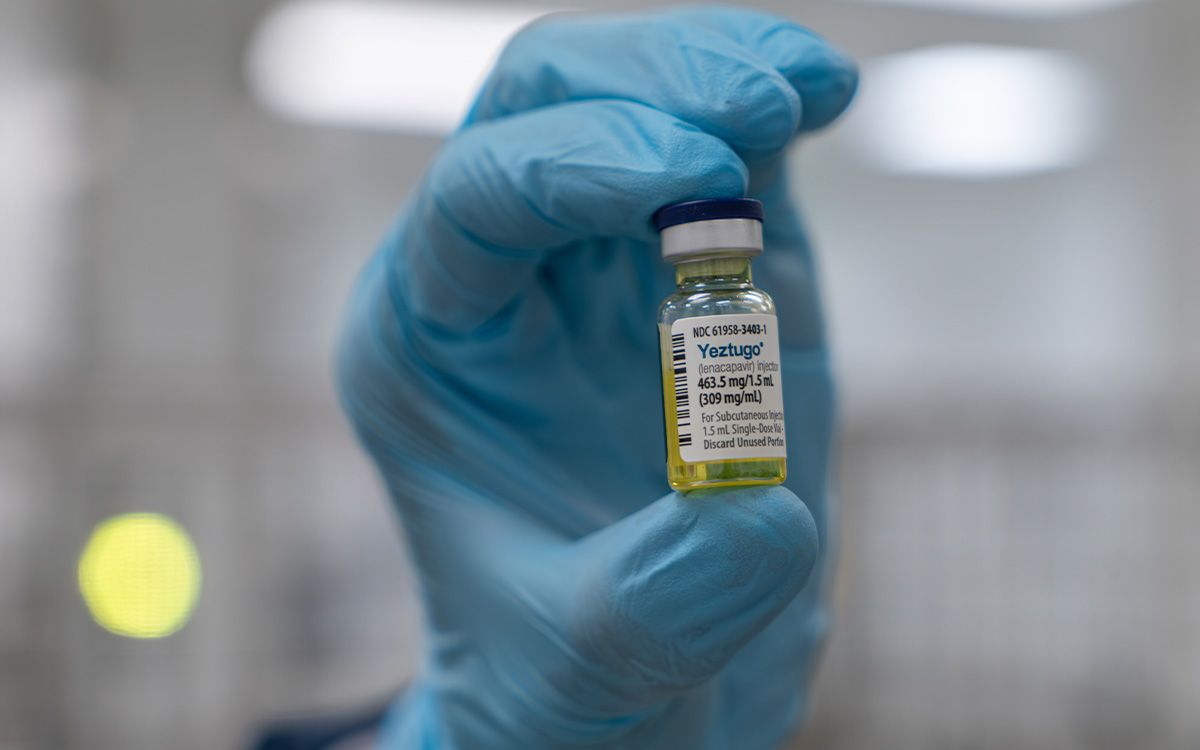Another person has likely been cured of HIV

Multiple tests have shown no detectable HIV in the man's body following the transplant. He stopped taking antiretroviral medication in 2018 and remains in remission. The anonymous man expressed gratitude for his recovery, highlighting the significance of his health status.
Dr Christian Gaebler, a physician and scientist at the Charité-Universitätsmedizin Berlin, noted that longer remission periods without HIV therapy increase confidence in the virus's eradication. However, while this case offers hope, stem cell transplants are toxic and often fatal, making them impractical for most HIV patients.
HIV creates a latent reservoir of dormant cells that can reactivate, posing a major challenge for researchers. Scientists are currently exploring three main strategies for curing HIV: "shock-and-kill" to awaken and eradicate latent cells, "block-and-lock" to make latent cells inert, and gene therapy to edit immune cells to resist HIV or remove the virus's genetic code.
Other individuals previously cured include Timothy Ray Brown (the "Berlin Patient"), Adam Castillejo (the "London Patient"), Marc Franke (the "Düsseldorf Patient"), Paul Edmonds (the "City of Hope Patient"), and two anonymous patients known as the "New York Patient" and the "Geneva Patient."
Despite these rare cures, current HIV treatments remain highly effective. They keep the virus undetectable and untransmittable with proper medication adherence, including new long-acting injectables. This case adds hope to the ongoing search for a universally applicable cure for the 39 million people living with HIV worldwide.









